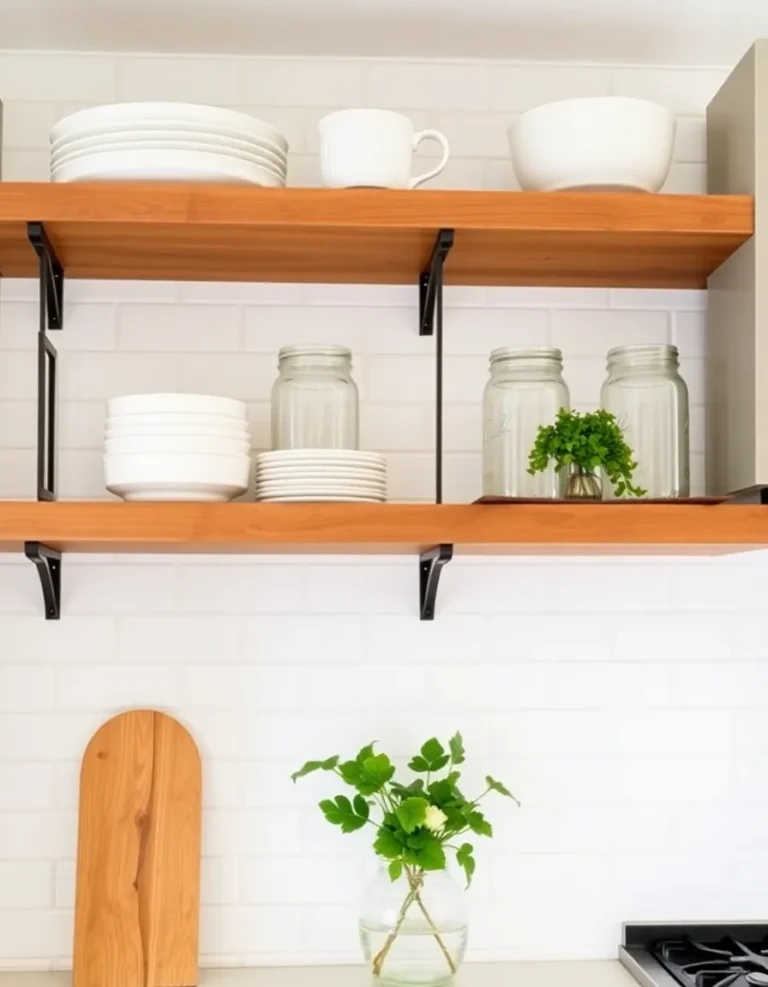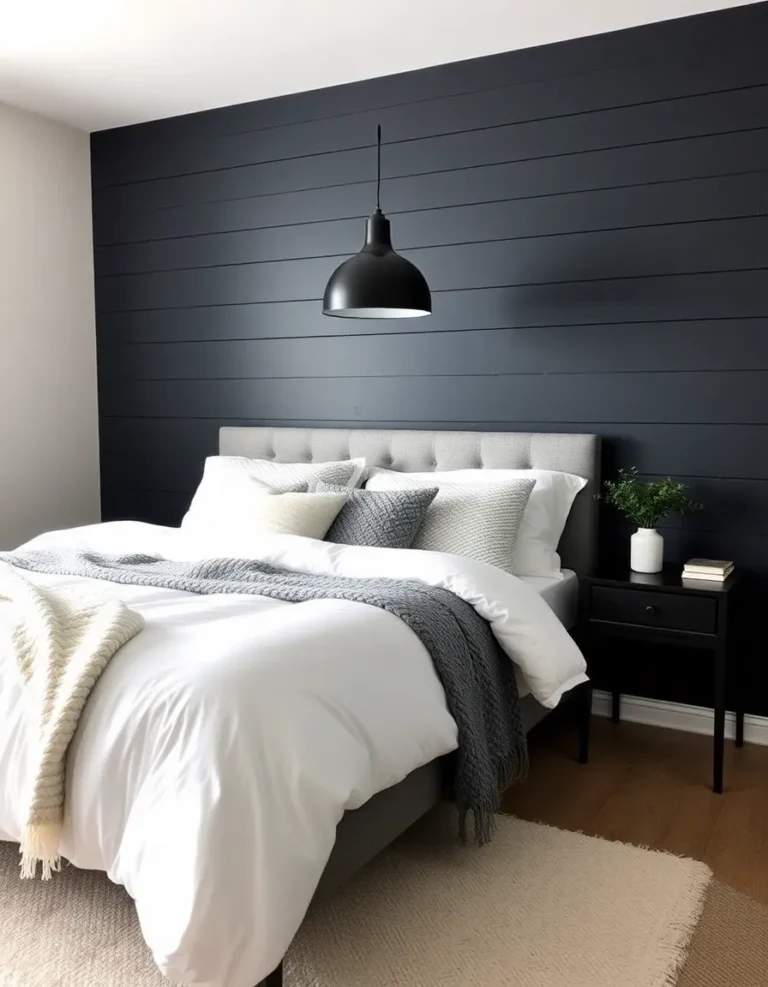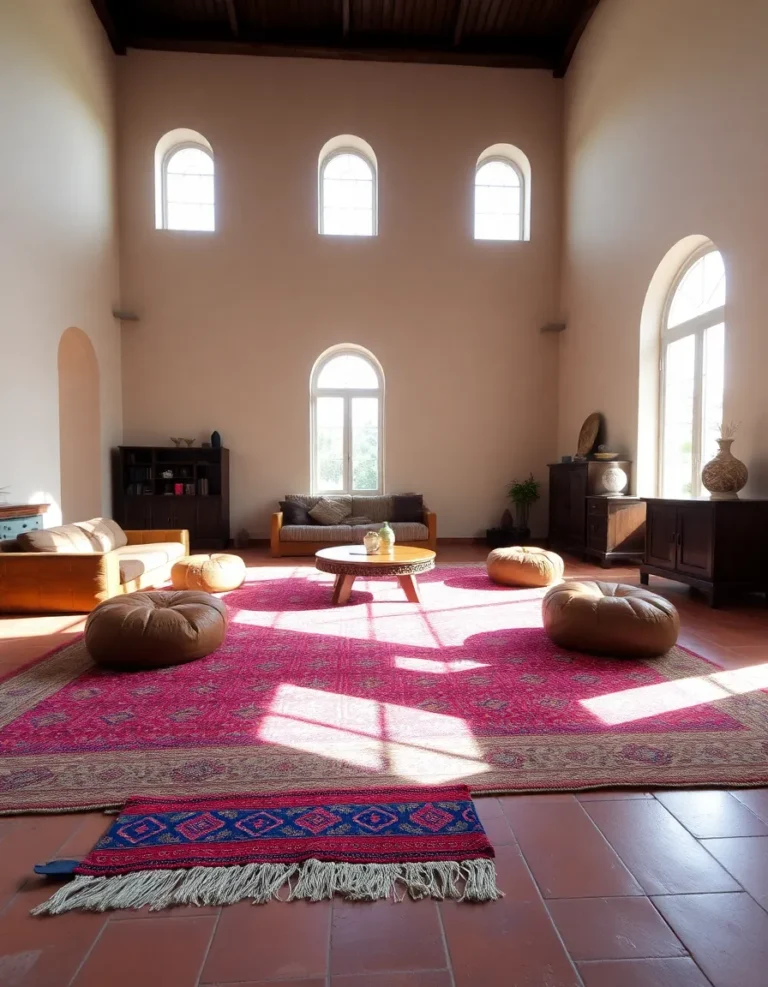Bringing Back 70s Decor with a Modern Twist
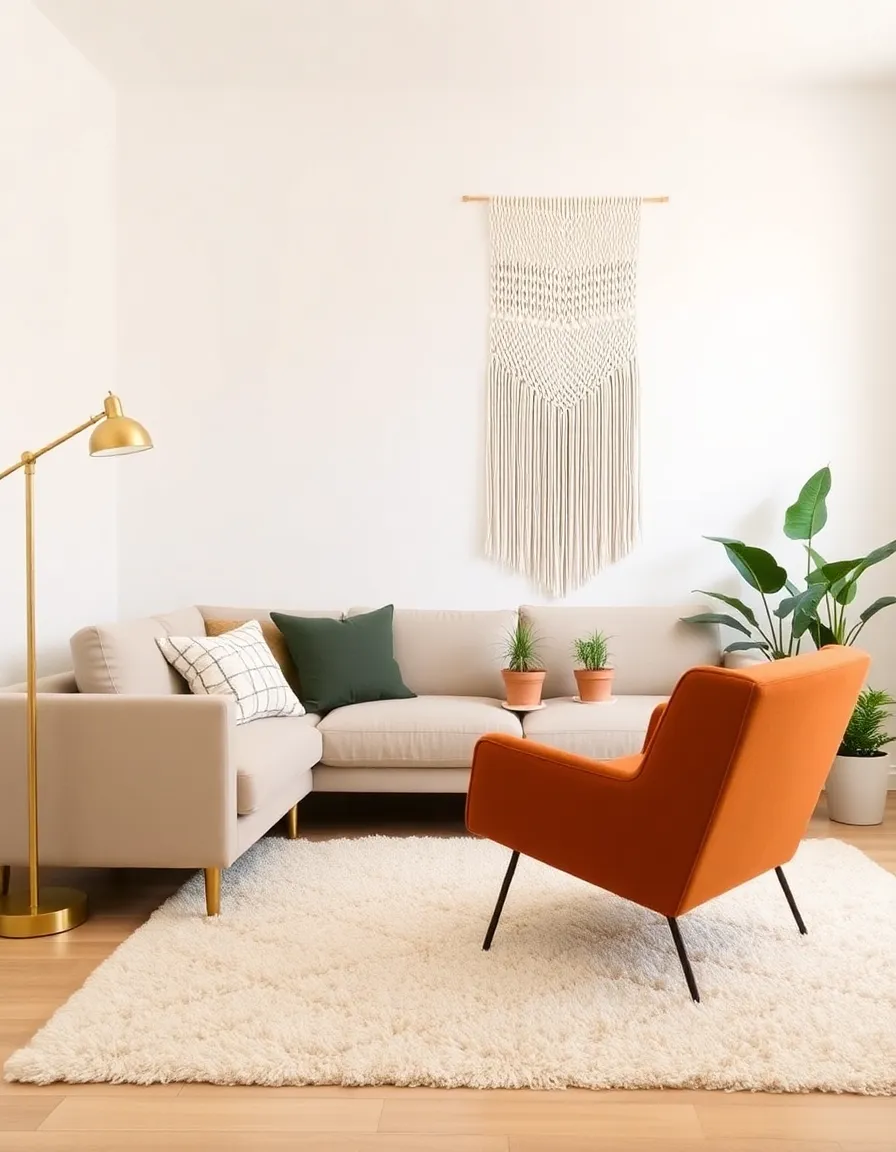
Alright, fellow retro lovers, let’s talk about the 70s—because who doesn’t love a little disco-era flair in their life? The 70s were all about bold colors, funky patterns, and a carefree vibe that somehow made shag carpets and avocado-green appliances cool. But here’s the thing: we’re not suggesting you turn your home into a time capsule (unless that’s your thing, no judgment). Instead, let’s explore how to bring back 70s decor with a modern twist. Think of it as giving your space a groovy upgrade without committing to full-on retro overload.
You might be wondering, “Why the 70s?” Well, aside from the fact that it was arguably the most expressive decade in interior design, 70s aesthetics are making a major comeback. From curved furniture to earthy tones, designers are riffing on these nostalgic elements in fresh, contemporary ways. And let’s be real—after years of minimalist everything, a little maximalism feels downright refreshing. So, whether you’re a die-hard vintage fan or just dipping your toes into retro-inspired decor, this guide will help you nail the look without sacrificing modern comfort.
Before we dive in, let’s address the elephant in the room: yes, some 70s trends should probably stay in the past (looking at you, wood-paneled walls). But others? Pure gold. The key is balance—mixing those iconic 70s elements with sleek, modern finishes to create a space that feels nostalgic yet current. Ready to get started? Let’s boogie.
1. Earthy Tones Meet Modern Neutrals
If there’s one thing the 70s nailed, it was color. Think warm, earthy hues like mustard yellow, burnt orange, olive green, and rusty brown. These shades scream coziness and work surprisingly well in modern spaces when paired with the right neutrals. Instead of going full-on 70s palette, try using these colors as accents against a backdrop of soft whites, grays, or beiges.
For example, a burnt-orange throw pillow on a neutral sofa instantly adds retro charm without overwhelming the room. Or, if you’re feeling bold, consider an accent wall in a deep, moody green—just balance it with modern furniture to keep things fresh. Pro tip: metallics like brass and copper pair beautifully with these tones, adding a touch of modern luxe.
Ever walked into a room and immediately felt at ease? That’s the magic of earthy tones. They create a warm, inviting atmosphere that’s perfect for lounging—or hosting your next vinyl-listening party. And hey, if you’re not ready to commit to paint or big furniture pieces, start small with decor items like vases, rugs, or even a funky lampshade.

2. Funky Patterns, But Make It Minimal
Ah, 70s patterns—geometric prints, psychedelic swirls, and enough florals to make your grandma proud. While these designs were everywhere back in the day, today’s approach is all about moderation. Instead of covering every surface in wild prints, pick one or two statement pieces to serve as focal points.
A bold, geometric-patterned rug can anchor a room without clashing with modern furniture. Or, if you’re feeling adventurous, try a funky wallpaper in a small space like a powder room or entryway. The trick? Keep the rest of the room simple. Let that one wild element shine while everything else plays backup singer.
And let’s talk about mixing patterns—because the 70s were all about it. Stripes with florals? Check. Polka dots with abstract shapes? Absolutely. The key to nailing this today is sticking to a cohesive color scheme. Pick two or three colors and let them guide your pattern choices. That way, even the busiest combinations feel intentional rather than chaotic.
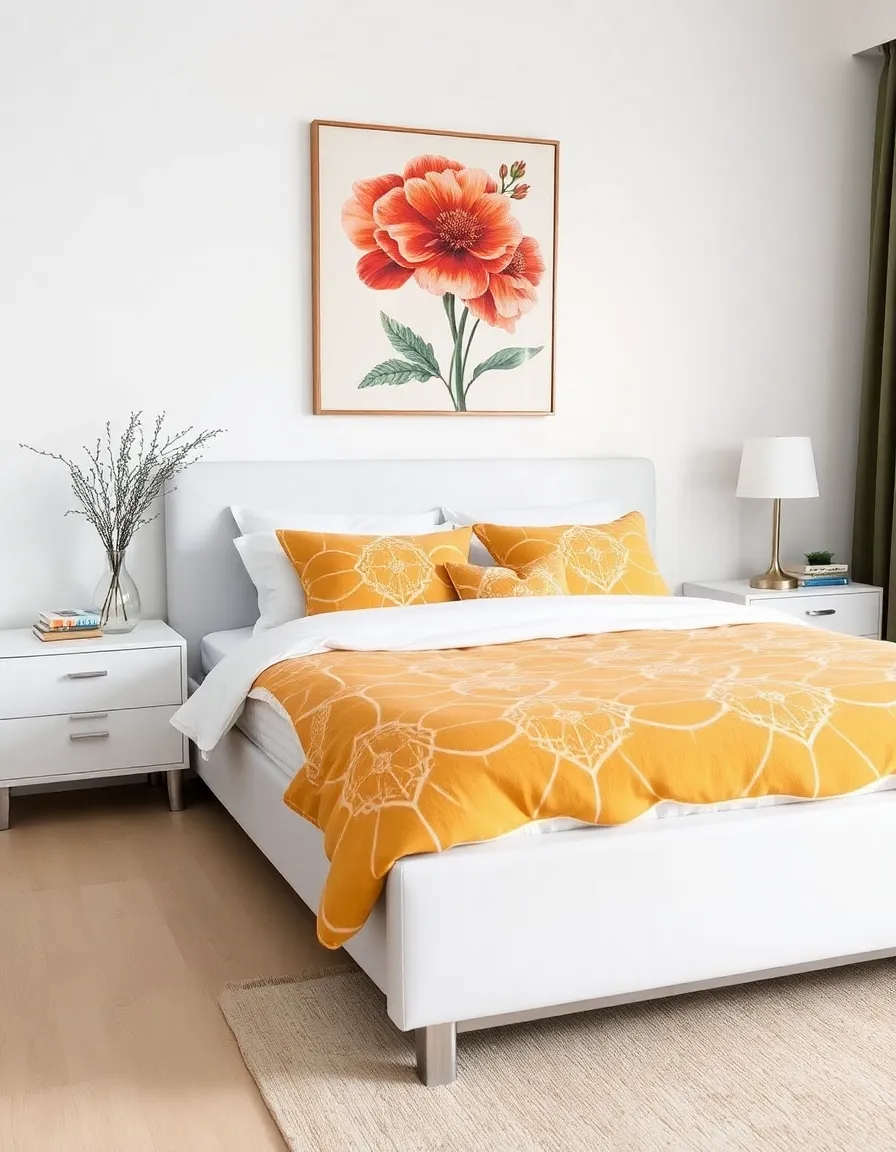
3. Curved Furniture for the Win
If you’ve ever sat in a 70s-style curved sofa, you know it’s like being hugged by a cloud. The 70s were all about soft, rounded shapes—no harsh edges here. Today, curved furniture is having a major moment again, and for good reason. It’s comfy, visually soothing, and adds a playful touch to any space.
Look for a modern take on the classic egg chair or a swoopy, curved sectional in a neutral fabric. These pieces feel retro without being kitschy, especially when paired with clean-lined furniture. And don’t forget about smaller curved accents—think round coffee tables, kidney-shaped mirrors, or even a crescent-shaped side table. These details add subtle 70s vibes without screaming “I raided a thrift store.”
Why does curved furniture work so well in modern spaces? It breaks up the monotony of straight lines and sharp angles, creating a more dynamic and inviting layout. Plus, it’s just fun. Who wouldn’t want to lounge in a cocoon-like chair while pretending it’s 1975?
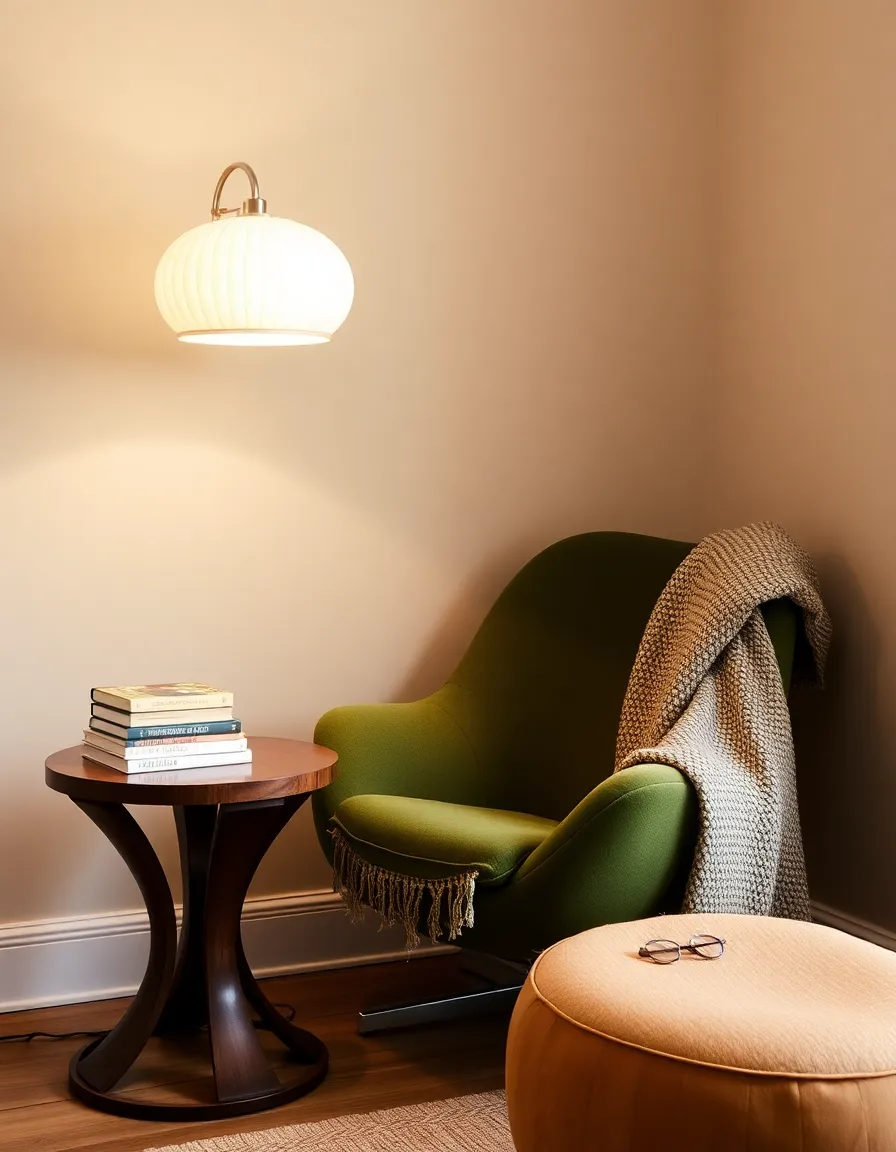
4. Texture, Texture, Texture
The 70s were all about tactile experiences—shag rugs, macramé wall hangings, woven baskets, and plenty of wood grain. Today, we’re embracing texture in a more refined way, but the principle remains the same: layers make a space feel lived-in and cozy.
Start with a chunky knit throw or a faux-fur pillow to add softness to your sofa. Then, layer in natural materials like rattan, jute, or cane for that earthy 70s feel. A macramé plant hanger or a woven pendant light can add boho charm without going overboard. And let’s not forget about wood—teak, walnut, and oak were staples of 70s decor, and they’re still total showstoppers today.
Here’s the thing about texture: it’s like the secret sauce of interior design. It adds depth and interest without relying on color or pattern. So, even if your space is mostly neutral, a mix of textures will keep it from feeling flat. Pro tip: don’t be afraid to mix smooth and rough textures for contrast—a sleek marble coffee table looks amazing next to a nubby wool rug.
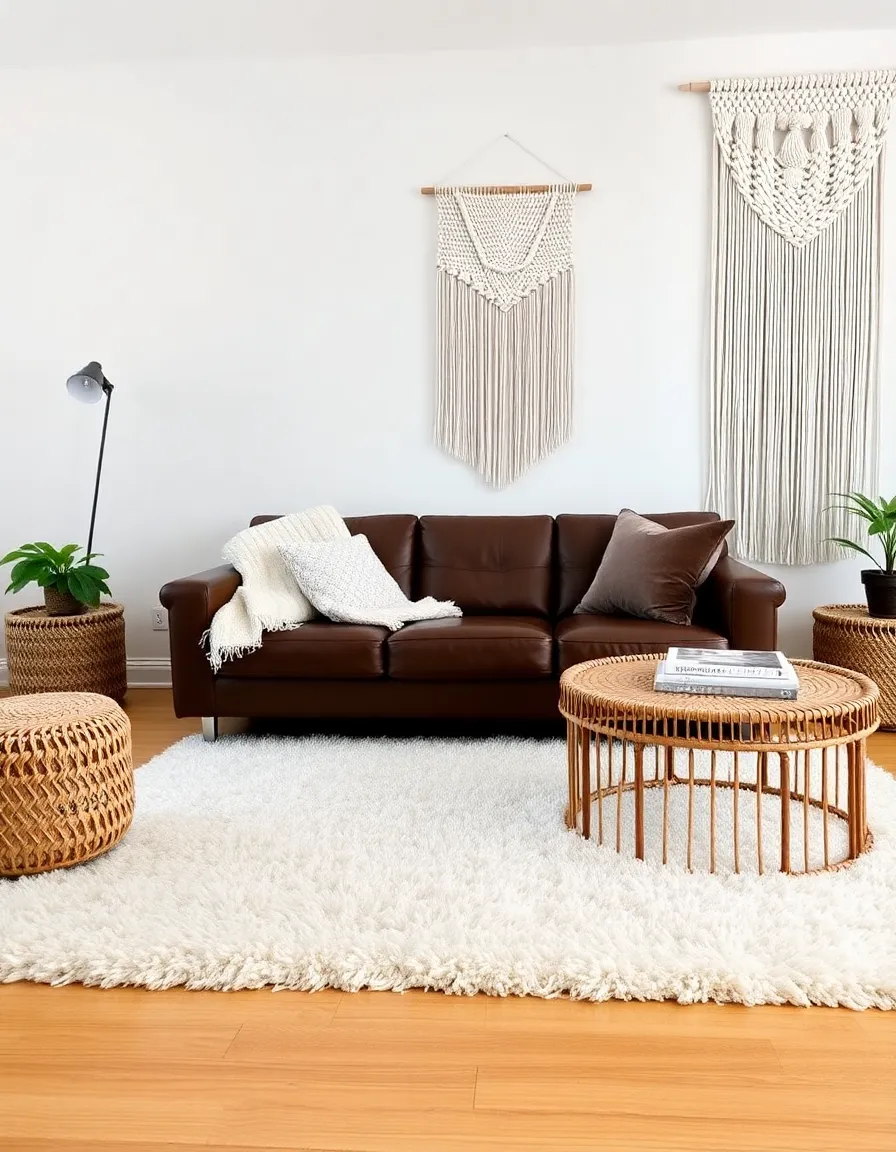
5. Lighting That Pops
Nothing says “70s” like a statement lighting fixture. From sputnik chandeliers to globe pendants, lighting in the 70s was anything but boring. Today, we’re seeing these designs reimagined with modern materials and finishes, making them perfect for adding retro flair to contemporary spaces.
A brass sputnik chandelier in an entryway instantly sets a fun, retro tone. Or, for a subtler nod to the era, try a mushroom-shaped table lamp in an earthy hue. The key is to let the lighting be the star—keep the rest of the room’s decor understated so the fixture can shine (pun intended).
And let’s not forget about natural light. The 70s loved sunken living rooms and open floor plans, so if you’re lucky enough to have big windows, lean into them. Sheer, breezy curtains in warm tones can soften the light and add to that laid-back vibe. Just avoid heavy drapes—unless you’re going for a full-on 70s rec room aesthetic, in which case, carry on.
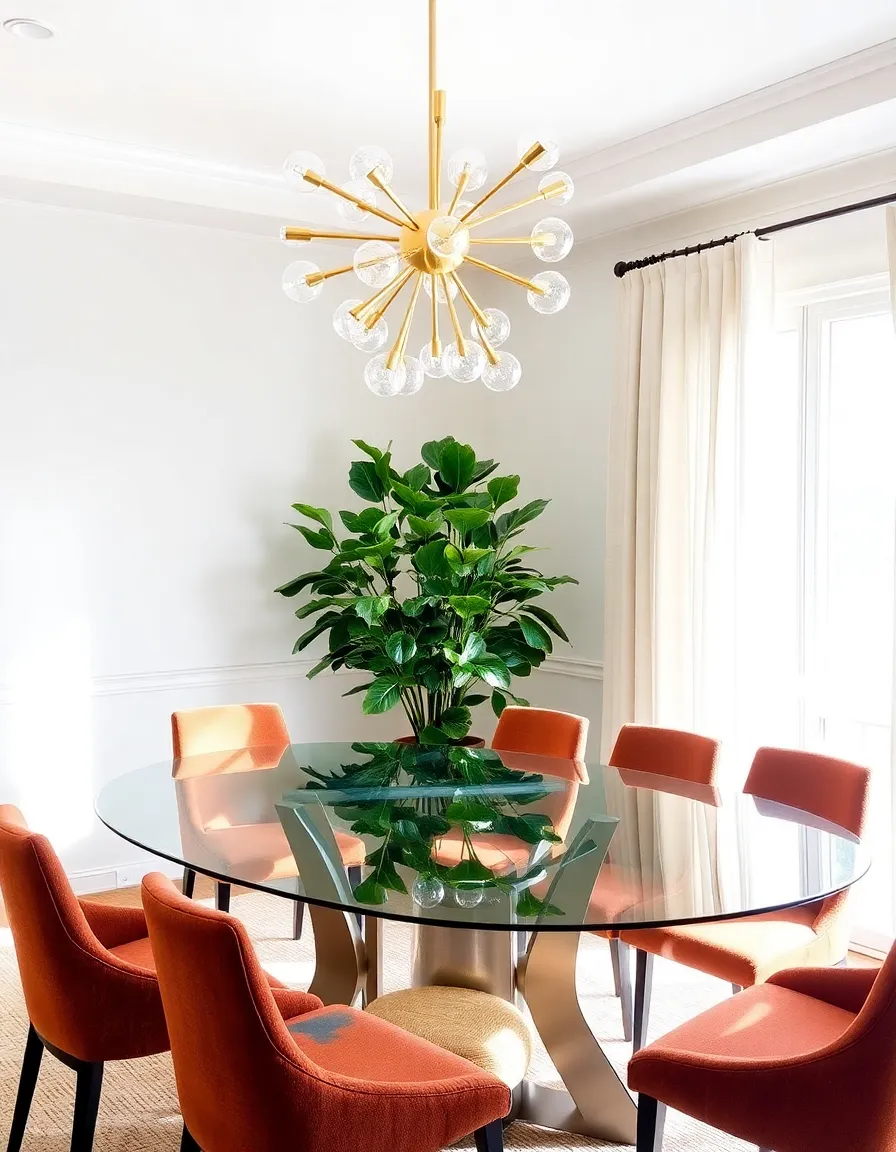
So there you have it—five ways to bring 70s decor into your home without sacrificing modern style. Whether you go all-in with a curved sofa and funky patterns or just dip a toe in with some earthy accents, the key is to have fun with it. After all, the 70s were all about self-expression and breaking the rules, so don’t be afraid to mix and match until you find a look that feels uniquely yours.
And hey, if anyone questions your newfound love of shag rugs or mustard yellow, just tell them you’re a design visionary. Because let’s be real—trends always come back around, and the 70s revival is proof that good design never really goes out of style. Now, go forth and decorate like it’s 1975 (but with better Wi-Fi).

